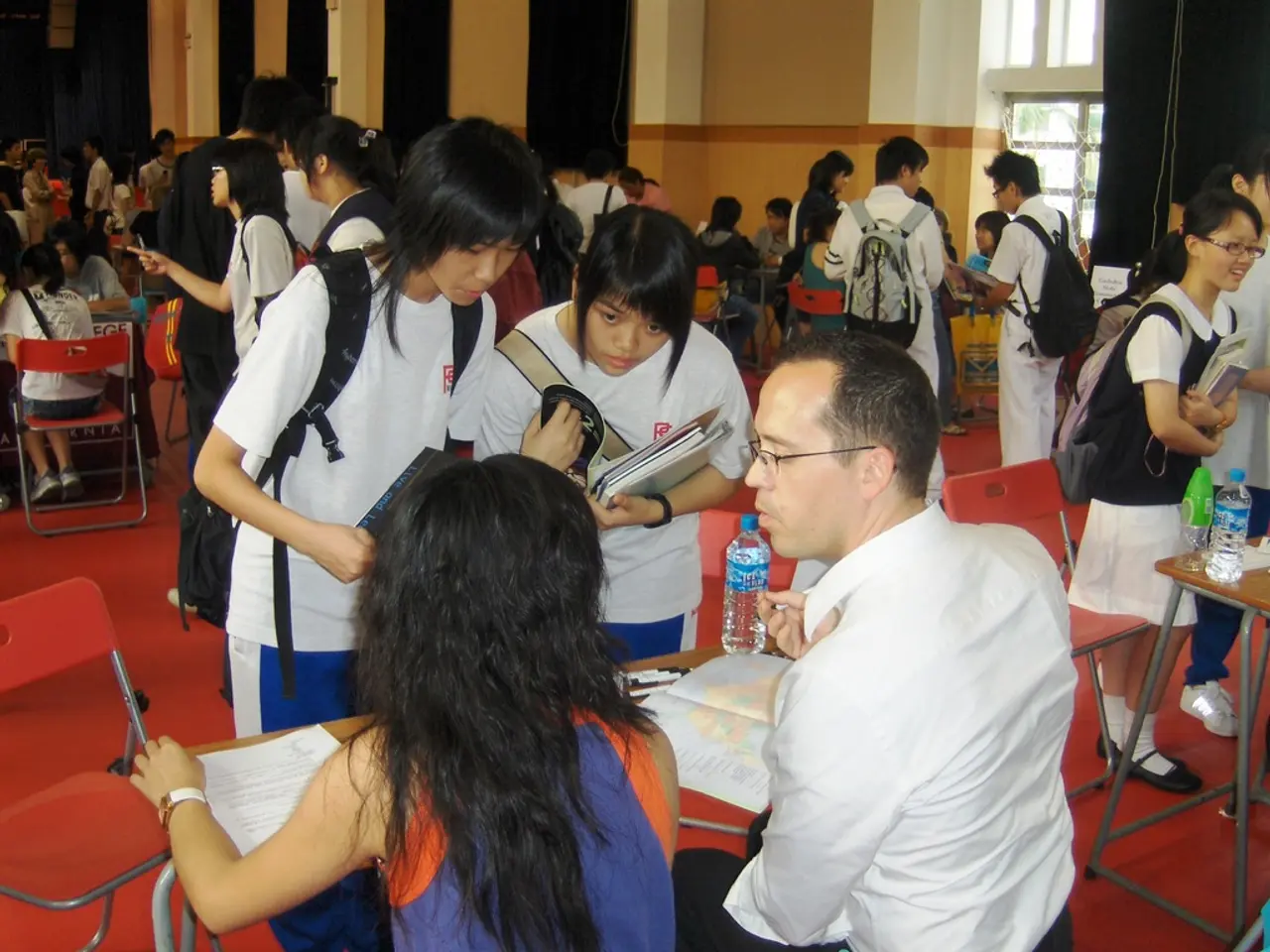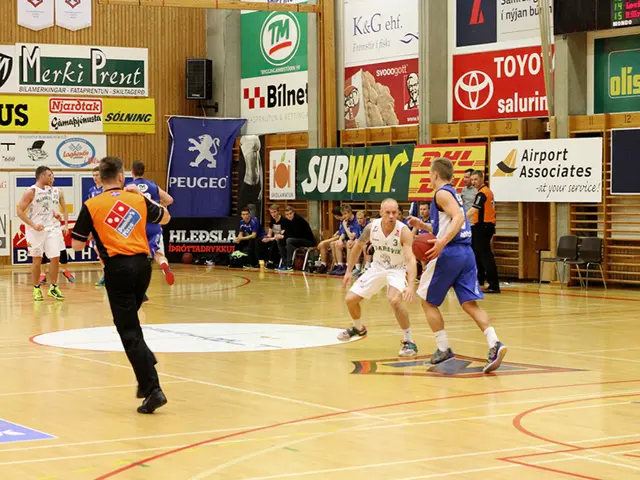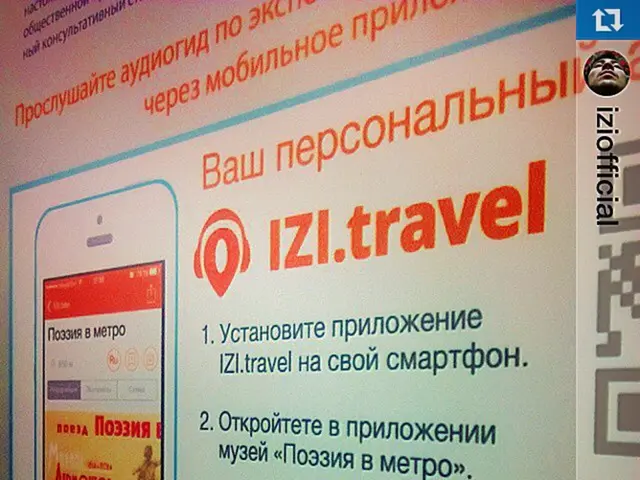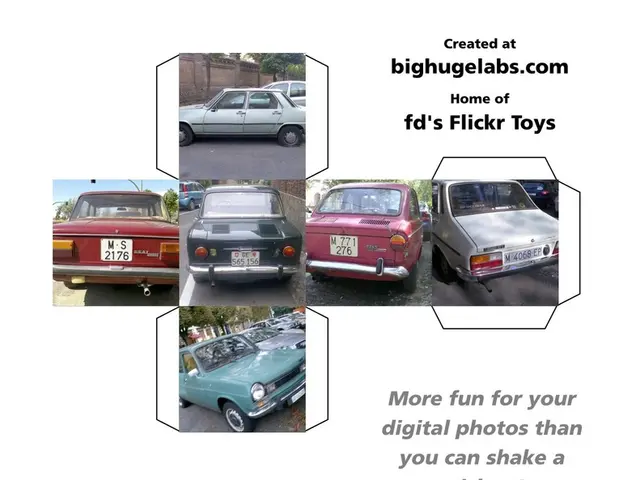Crafting Learning Sessions for Maximum Results
In the ever-evolving landscape of education, the focus has shifted towards creating engaging and impactful learning experiences. This approach is grounded in several key principles, including learner-centeredness, alignment, and flexibility.
Learner-centeredness involves understanding diverse learning styles and backgrounds to create experiences that resonate with all students. This approach encourages educators to adapt teaching methods to accommodate different learning styles, ensuring that every student has an equal opportunity to succeed.
A well-structured curriculum not only engages learners but also equips them with essential skills for personal and professional growth. This is achieved by incorporating a variety of instructional methods, such as active learning strategies, which involve instructional methods that engage students directly in the learning process.
Active learning fosters deeper comprehension and retention of material. By integrating active learning strategies, educators can facilitate active engagement, promoting critical thinking and problem-solving skills. Encouraging group work and peer feedback, for instance, promotes collaboration and interaction among students, further enhancing the learning experience.
Evaluating the effectiveness of learning experiences is crucial for gauging student understanding and informing instructional adjustments. This process involves systematically assessing their impact on student learning, engagement, and overall satisfaction. Quantitative measures such as exam scores, course completion rates, and participation statistics are used, alongside qualitative feedback from students and educators.
Technology plays a significant role in this transformation, enabling educators to enhance engagement and accessibility. Technology supports differentiated instruction by allowing educators to adapt materials for various proficiency levels. It also provides diverse tools and resources that cater to different learning styles, making education more personalized and dynamic.
Providing materials that reflect diverse cultures and perspectives is important for creating an inclusive learning environment. This environment recognizes and values diverse backgrounds, abilities, and perspectives, fostering a sense of belonging and equality among students.
Future trends in curriculum design emphasize personalized learning, learner-centered strategies, and the integration of interdisciplinary learning. The role of technology in learning experiences is transformative, leading to more engaging and effective learning experiences.
The author of the book "Designing Effective Learning Experiences: A Framework for Quality Curriculum and Instruction" is Roni Jo Draper. Her work provides a comprehensive guide for educators seeking to design and implement effective learning experiences.
Incorporating a feedback loop is essential for continuous improvement processes. This allows educators to refine teaching methods and curricular content based on student and educator feedback. Utilizing self-assessment tools to promote reflection is one way to facilitate this feedback loop.
Designing effective learning experiences is crucial for achieving desired educational outcomes. Flexibility in curriculum design allows for continuous improvement and adaptability to changing circumstances. Emphasizing the significance of technology in curriculum design leads to more engaging and effective learning experiences.
In conclusion, the future of education lies in the design of effective learning experiences. By focusing on learner-centeredness, alignment, and flexibility, educators can create engaging, inclusive, and personalized learning environments that cater to the diverse needs of students.








